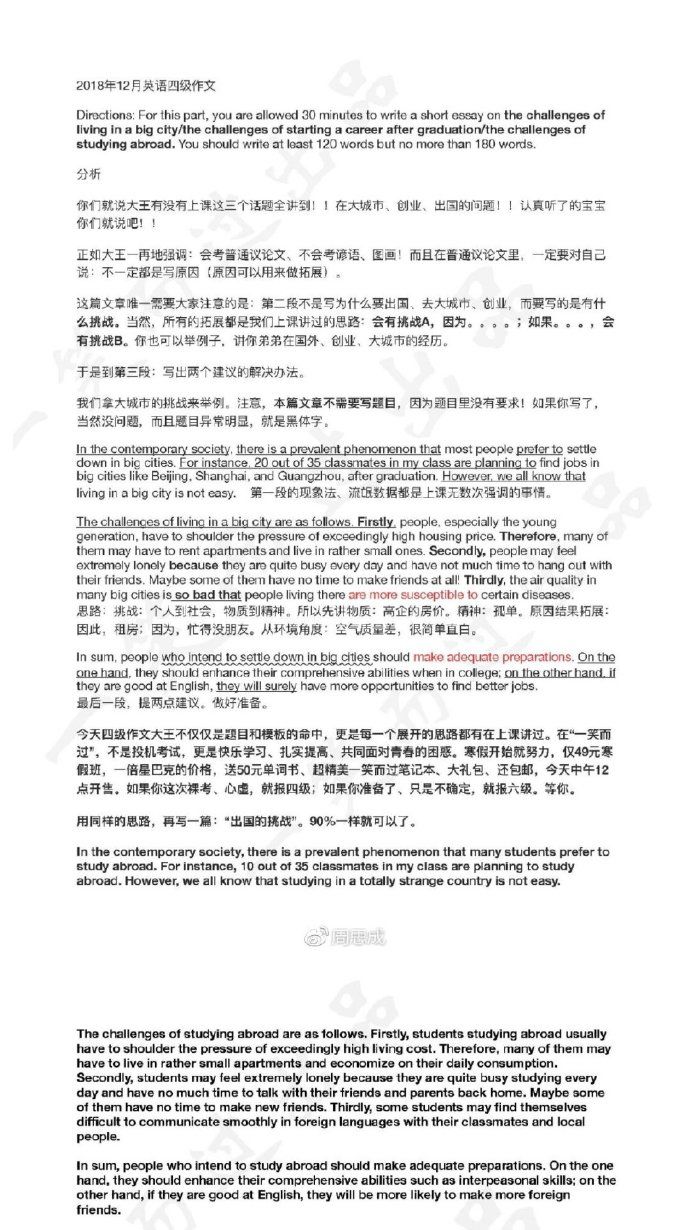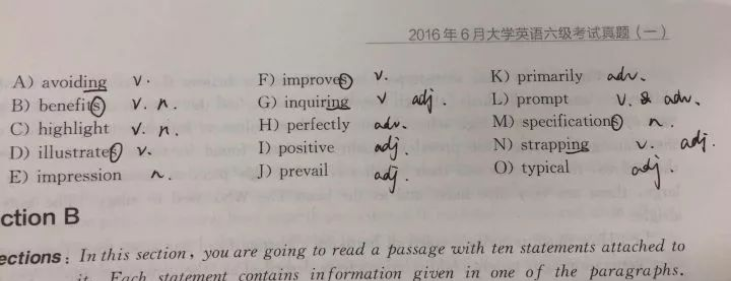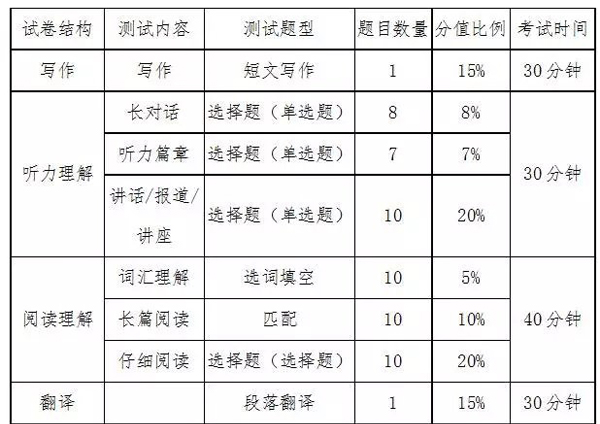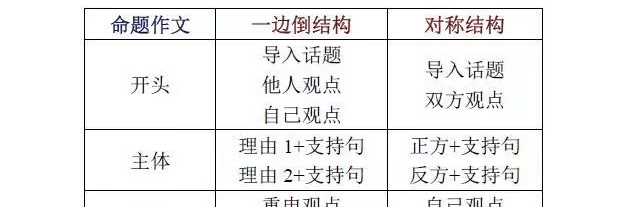LSAT考试模拟试题TEST2-2d
|
20. Normal full-term babies are all born with certain instinctive reflexes that disappear by the age of two months. Because this three-month-old baby exhibits these reflexes, this baby is not a normal full-term baby. Which one of the following has a logical structure most like that of the argument above? (A) Because carbon dioxide turns limewater milky and this gas is oxygen, it will not turn limewater milky. (B) Because no ape can talk and Suzy is an ape, Suzy cannot talk. (C) Because humans are social animals and Henry is sociable, Henry is normal. (D) Because opossums have abdominal pouches and this animal lacks any such pouch, this animal is not an opossum. (E) Because some types of trees shed their leaves annually and this tree has not shed its leaves, it is not normal. 21. Efficiency and redundancy are contradictory characteristics of linguistic systems: however, they can be used together to achieve usefulness and reliability in communication. If a spoken language is completely efficient, then every possible permutation of its basic language sounds can be an understandable word. However, if the human auditory system is an imperfect receptor of sounds, then it is not true that every possible permutation of a spoken language's basic language sounds can be an understandable word. If all of the statements above are true, which one of the following must also be true? (A) Efficiency causes a spoken language to be useful and redundancy causes it to be reliable. (B) Neither efficiency nor redundancy can be completely achieved in spoken language. (C) If a spoken language were completely redundant, then it could not be useful. (D) If the human auditory system were a perfect receptor of sounds, then every permutation of language sounds would be an understandable word. (E) If the human auditory system is an imperfect receptor of sounds, then a spoken language cannot be completely efficient. 22. All intelligent people are nearsighted. I am very nearsighted. So I must be a genius. Which one of the following exhibits both of the logical flaws exhibited in the argument above? (A) I must be stupid because all intelligent people are nearsighted and I have perfect eyesight. (B) All chickens have beaks. This bird has a beak. So this bird must be a chicken. (C) All pigs have four legs, but this spider has eight legs. So this spider must be twice as big as any pig. (D) John is extremely happy, so he must be extremely tall because all tall people are happy. (E) All geniuses are very nearsighted. I must be very nearsighted since I am a genius. 23. An advertisements states: Like Danaxil, all headache pills can stop your headache. But when you are in pain, you want relief right away. Danaxil is for you-no headache pill stops pain more quickly. Evelyn and Jane are each suffering from a headache. Suppose Evelyn takes Danaxil and Jane takes its leading competitor. Which one of the following can be properly concluded from the claims in the advertisement? (A) Evelyn's headache pain will be relieved, but Jane's will not. (B) Evelyn's headache pain will be relieved more quickly than Jane's. (C) Evelyn's headache will be relieved at least as quickly as Jane's. (D) Jane's headache pain will be relieved at the same time as is Evelyn's. (E) Jane will be taking Danaxil for relief from headache pain. Questions 24-25 In opposing the 1970 Clean Air Act, the United States automobile industry argued that meeting the act's standards for automobile emissions was neither economically feasible nor environmentally necessary. However, the catalytic converter, invented in 1967, enabled automakers to meet the 1970 standards efficiently. Currently, automaker are lobbying against the government's attempt to pass legislation that would tighten restrictions on automobile emissions. The automakers contend that these new restrictions would be overly expensive and unnecessary to efforts to curb air pollution. Clearly, the automobile industry's position should not be heeded. 24. Which one of the following most accurately expresses the method used to counter the automakers' current position? (A) The automakers' premises are shown to lead to a contradiction. (B) Facts are mentioned that show that the automakers are relying on false information. (C) A flaw is pointed out in the reasoning used by the automakers to reach their conclusion. (D) A comparison is drawn between the automakers' current position and a position they held in the past. (E) Evidence is provided that the new emissions legislation is both economically feasible and environmentally necessary. 25. Which one of the following, if true, lends the most support to the automakers' current position? (A) The more stringent the legislation restricting emissions becomes, the more difficult it becomes for automakers to provide the required technology economically. (B) Emissions-restriction technology can often be engineered so as to avoid reducing the efficiency with which an automobile uses fuel. (C) Not every new piece of legislation restricting emissions requires new automotive technology in order for automakers to comply with it. (D) The more automobiles there are on the road, the more stringent emission restrictions must be to prevent increased overall air pollution. (E) Unless forced to do so by the government, automakers rarely make changes in automotive technology that is not related to profitability |








